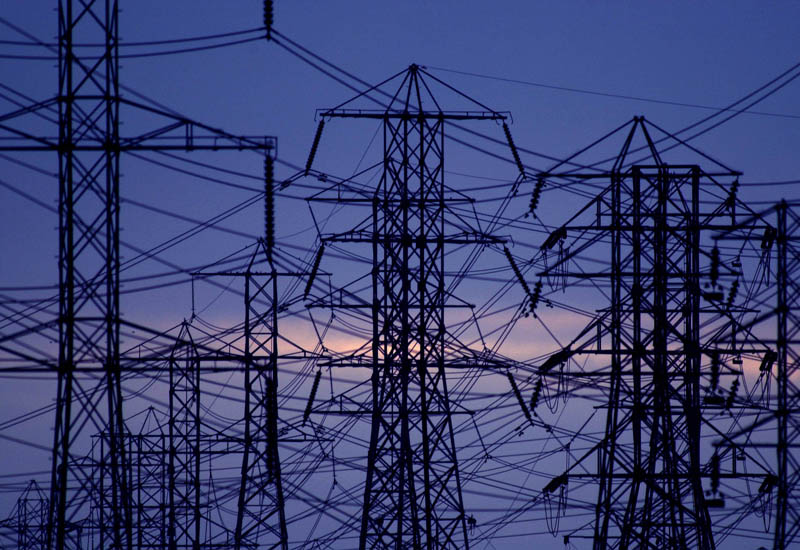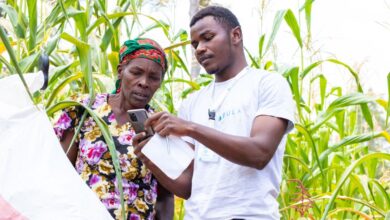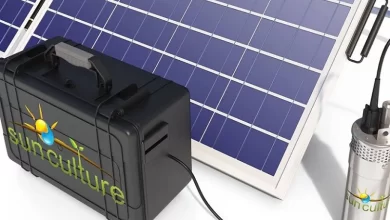FG Secures $6.15bn For Nigeria’s Power Infrastructure

The Federal Government of Nigeria has disclosed that it has secured $6.15 billion for infrastructural development in the power sector.
The Minister of Power, Engr. Sale Mamman, who disclosed this in his report – One Year Anniversary: Key achievements–obtained by Energy Vanguard, stated: “I am glad to state that to date, a total sum of $6.15 billion have been secured for infrastructural development. The total sum has been earmarked for the following critical projects: $2.3 billion Siemens, $1.6 billion Transmission Rehabilitation and Expansion Programme, $1.7 billion DISP and $550 million NEP (WB/AFDB).
“With the securing of the $6.150 billion in funding, the Federal Ministry of Power, under the present administration, has commenced the implementation of critical infrastructure that will enable the country to achieve generation, transmission and distribution of 25,000mw of electricity by 2025.
“We embarked on the biggest infrastructural development along the entire electricity value chain in the history of the Nigerian power sector.
“This development referred as Presidential Power Initiative aims to systematically up-rate end-to-end capacity of the bulk power system from generation to last-mile delivery, thus reducing system constraints, enabling wheeling capacity of power to be sufficient to drive industrial growth in the country as originally envisaged by the Economic Recovery and Growth Plan (2017).
“The initiative is structured into three phases, aimed at increasing power delivered to Nigerians to 7GW in the first phase (Phase 1), 11GW in the second phase (Phase 2), and 25GW in the third phase (Phase 3).
“The proposed Phase 1 projects, which we are about to commence, focus on quick wins for both TCN and the Discos, with the objective of increasing power delivery to consumers by an additional 2GW, making a total of 7GW.
“The second phase will target the remaining last-mile bottlenecks to enable full use of the existing generation and ‘the last mile’ distribution capacities, bringing the systems operational capacity to 11 GW.
“Phase 3 would involve developing the system up to 25GW capacity in the long term, with appropriate upgrades and expansion in generation, transmission, and distribution.”
READ Is Africa Heading Towards A Cashless Society?
Continuing, he stated: “To date, we have secured approval for the sum of $1.7 billion and $15.2 million for the Pre-Engineering work.
A Special Purpose Vehicle (SPV) called ‘FGN Powerco’ is in the process of being set-up, following Mr President’s approval. The SPV will warehouse the project’s contingent liability for accountability.

“We have also constituted the Nigerian Project Management Office, PMO, with the sole responsibility of providing project management of the project on behalf of the Nigerian Government.
“Additionally, in a complementary way, we are also implementing the Transmission Enhancement Programme, TEP,
“The Federal Ministry of Power, working with key development partners — World Bank, AfDB and JICA — have raised $1.6 billion for Transmission Rehabilitation and Expansion Programme, TREP, which is on-going, with major projects, including Alaoji-Onitsha, Delta Power Station — Benin and Kaduna — Kano $410 million; $29 million is intended to build a 330kV DC 62km line between Birnin, Kebbi and Kamba, Lagos/Ogun Transmission Infrastructure Project (JICA)-$200 million, Abuja Transmission Ring Scheme (AFD)-$170 million and Northern Corridor Transmission Project (AFD & EU)-$274 million.”

Economically, the project will enable job creation, drive entrepreneurial development, and unleash resource utilisation.
“The project contract was awarded in 2017 at the contract sum of $5.7 billion to the consortium of Chinese companies based on the agreement that the Chinese contractors will facilitate for Nigeria to secure concessionary financing of 85per cent ($4.85 billion) of the project cost from Export-Import Bank of China (China EximBank), while the Federal Government of Nigeria (FGN), will provide the remaining 15per cent ($850 million) consisting of $200 million loans from the Nigeria Sovereign Investment Authority (NSIA) and $650 million from direct FGN funding.
“The Mambilla Hydropower Project has a proposed installed capacity of 3,050mw. The main construction works include the following: Four large dams among which are the Nya Dam, Sumsum Dam, Nghu Dam, and the API Weir, two (2) Number 330KV – Abong powerhouse to Makurdi and 330KV-Abong powerhouse to Jalingo transmission lines with a length of more than 700kms, about 120km Access road network connecting the project site with nearby communities.”
He said: “We have reviewed the scope of work/project capacity to ensure the technical feasibility, economic viability, and financial profitability of the project.
“Executed a landmark Memorandum of Understanding (MoU) with the Taraba State Government to enhance coordination on a number of initiatives and establish good working relationships critical to project delivery.
“Land and Aerial Survey of the project site following a renegotiated contract with the surveyors which resulted in savings by the Federal Government of Nigeria (FGN), of the sum of N350 million from an earlier survey contract signed through the Taraba State Government.
“Another generation project we are working on is the Kashimbilla project located in Takum Local Government Area of Taraba State.
The project was proposed principally to check the threat of flood and volcanic activity. It would mitigate the environmental disaster that would occur in several states of Taraba, Benue, Cross River, Kogi, and Delta and affecting more than 6 million people.
The hydropower component of the project was designed and upgraded from the initial 6mw to 40mw capacity. Other benefits of the project include Ecological Flood Control; Water Supply to 400,000 people; Irrigation; Fisheries; Airstrip; Tourism; Poverty Alleviation and job creation etc.
“The hydroelectric component of the project is 100per cent completed. We are currently working on the development and expansion of transmission lines to evacuate the power from the project site to areas of distribution.”
Read full article here
GetFundedAfrica’s mission is to uplift people and economies in Africa through entrepreneurship; helping companies find funding, grow, create jobs and solve society’s greatest challenges
GFA Attract & GFA Weekly Round Up Podcast


In thIs episode of GFA Attract, we interview Lola and Layo, London based twin sisters who run London a fashion startup Let’sDressYouUp’.
Watch their exclusive interview here
In this episode of the GFA weekly round up segment we covered funding activity from across Africa between August 31 – September 4
Listen to the podcast here
Follow Us









